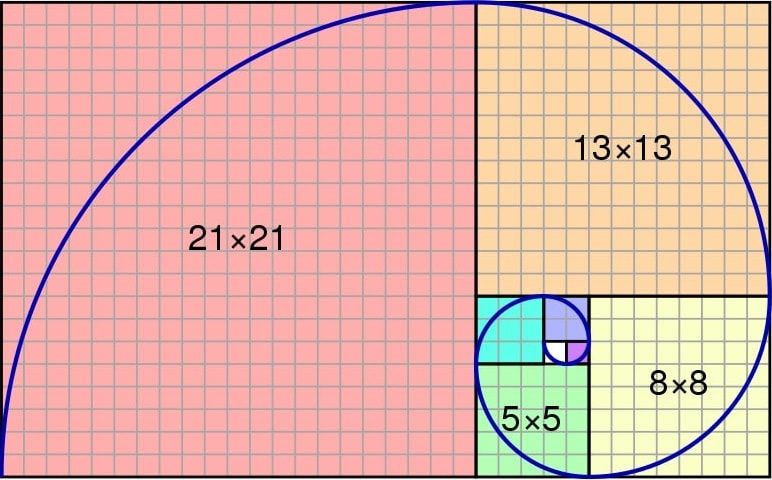

But if you did, you would see the Fibonacci Sequence evolve out of the trunk and spiral and grow the taller and larger the tree becomes. Tree - we see them everywhere, but do you look and analyse the structure of how the branches grow out of the tree and each other? No, because you're normal and have better things to do. Cleveland Design YOU You are an example of the beauty of the Fibonacci Sequence. When analysing these spirals, the number is almost always Fibonacci. At points, their seed heads get so packed that their number can get extremely high, sometimes as much as 144 and more. Male honey bees, called drones, only have one parent their family tree reflects a.

If we go anti-clockwise, we need only 2 turns. By the quadratic equation, these are: ’ 1+ p 5 2 1:6180339887::: 1 p 5 2 0:6180339887::: The number ’is called the Golden Ratio and has a number of exciting properties (go see the Wikipedia page for more info). A perfect example of this is sunflowers with their spiralling patterns. A particularly impressive example of the Fibonacci sequence can be found in the reproduction pattern of bees. The number of turns in each direction and the number of leaves met are three consecutive Fibonacci numbers For example, in the top plant in the picture above, we have 3 clockwise rotations before we meet a leaf directly above the first, passing 5 leaves on the way. And then, there you have it! You're own little piece of math. equation appeared 'in reverse' in the denominator for the generating function of the Fibonacci numbers). They are also fun to collect and display. Shells are probably the most famous example of the sequence because the lines are very clean and clear to see. Fibonacci numbers can be viewed as a particular case of the Fibonacci polynomials with. The lily has 5 petals, some daisies have 13 petals, and a chicory has 21 petals. As you may have guessed by the curve in the box example above, shells follow the progressive proportional increase of the Fibonacci Sequence. For example, many flowers have a Fibonacci number as their number of leaves or petals, such as 3, 5, 8, or 13.


 0 kommentar(er)
0 kommentar(er)
